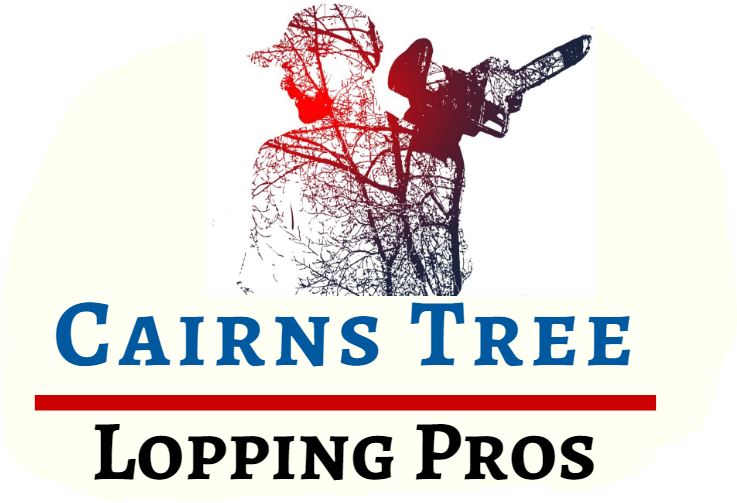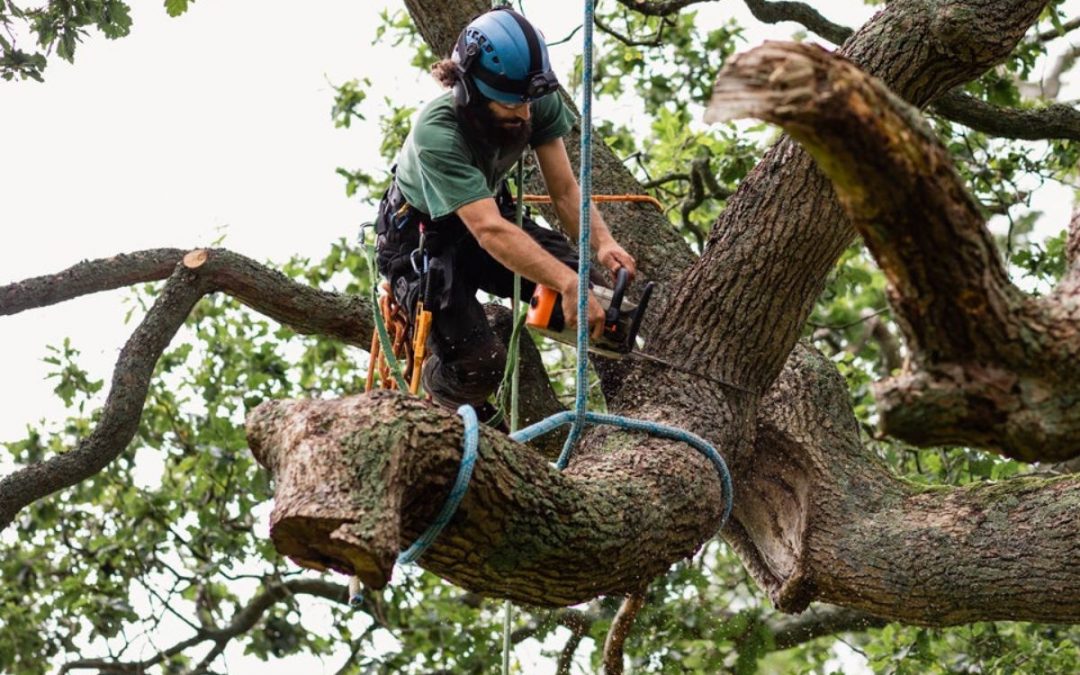Table of Contents
How Much is Tree Trimming Liability Insurance?
Trees are an important part of our ecosystem. They provide oxygen, store carbon, improve air quality, and promote biodiversity. Trees also have aesthetic and economic value. In fact, it is estimated that trees in the U.S. are worth $1 trillion!
While trees are valuable, they also come with risks. Overgrown tree limbs can damage property, and falling trees can injure people and damage houses. That’s why it’s important to have tree trimming liability insurance. This type of insurance protects you from financial losses if you are sued for property damage or personal injury caused by your trees.
So, how much does tree trimming liability insurance cost? Keep reading to find out!
For many people, tree trimming is a yearly chore that needs to be done in order to keep their home looking presentable. However, what many people don’t realize is that tree trimming can actually be a dangerous job. Every year, thousands of people are injured while trimming trees. As a result, it’s important to have liability insurance in case you’re injured while trimming trees.
Why You Need Liability Insurance
Liability insurance will protect you in the event that you’re sued for injuries that you cause while trimming trees. Even if you’re careful, there’s always a chance that something could go wrong. If someone is injured as a result of your negligence, they could sue you for damages. In the event that you’re sued, liability insurance will cover your legal fees and any settlements that you’re required to pay.
Without liability insurance, you could be forced to pay out of pocket for any damages that you’re liable for. This could end up costing you thousands of dollars, or even putting you into debt. If you can’t afford to pay for damages yourself, you may have no choice but to declare bankruptcy.
Liability insurance is an important part of tree trimming insurance, and it’s something that you should consider if you’re in the business of trimming trees. It will protect you financially in the event that something goes wrong, and it could save you from financial ruin.
How Much Coverage Do You Need?
The amount of coverage you need will depend on a number of factors, including the value of your assets and the amount of risk you’re willing to take on. If you have significant assets, you’ll need more coverage in order to protect yourself in the event of a lawsuit. On the other hand, if you’re comfortable with taking on more risk, you can get by with less coverage. Ultimately, it’s up to you to decide how much coverage you need.
The Cost of Tree Trimming Liability Insurance
The cost of tree trimming liability insurance varies depending on a number of factors, including the value of your home, the type of trees on your property, and the amount of coverage you need. However, the average cost of tree trimming liability insurance is $500 per year.
Some tree trimming liability insurance policies have a per-incident limit, while others have an aggregate limit. A per-incident limit is a maximum amount that the insurer will pay for a single claim. An aggregate limit is a maximum amount that the insurer will pay for all claims during the policy period.
It is important to note that most homeowners’ insurance policies exclude tree-related damage. That means that if your tree falls on your neighbor’s house and causes damage, your homeowners’ insurance will not cover the damages. You will need to file a claim with your tree trimming liability insurance policy to be reimbursed for the damages.
Conclusion:
Trees are an important part of our ecosystem and economy, but they also come with risks. Overgrown limbs can damage property, and falling trees can injure people and damage houses. That’s why it’s important to have tree trimming liability insurance. This type of insurance protects you from financial losses if you are sued for property damage or personal injury caused by your trees. The cost of tree trimming liability insurance varies depending on a number of factors, but the average cost is $500 per year. Most homeowners’ insurance policies exclude tree-related damage, so it is important to have a separate policy in place to protect yourself from losses due to falling trees or overgrown limbs.


